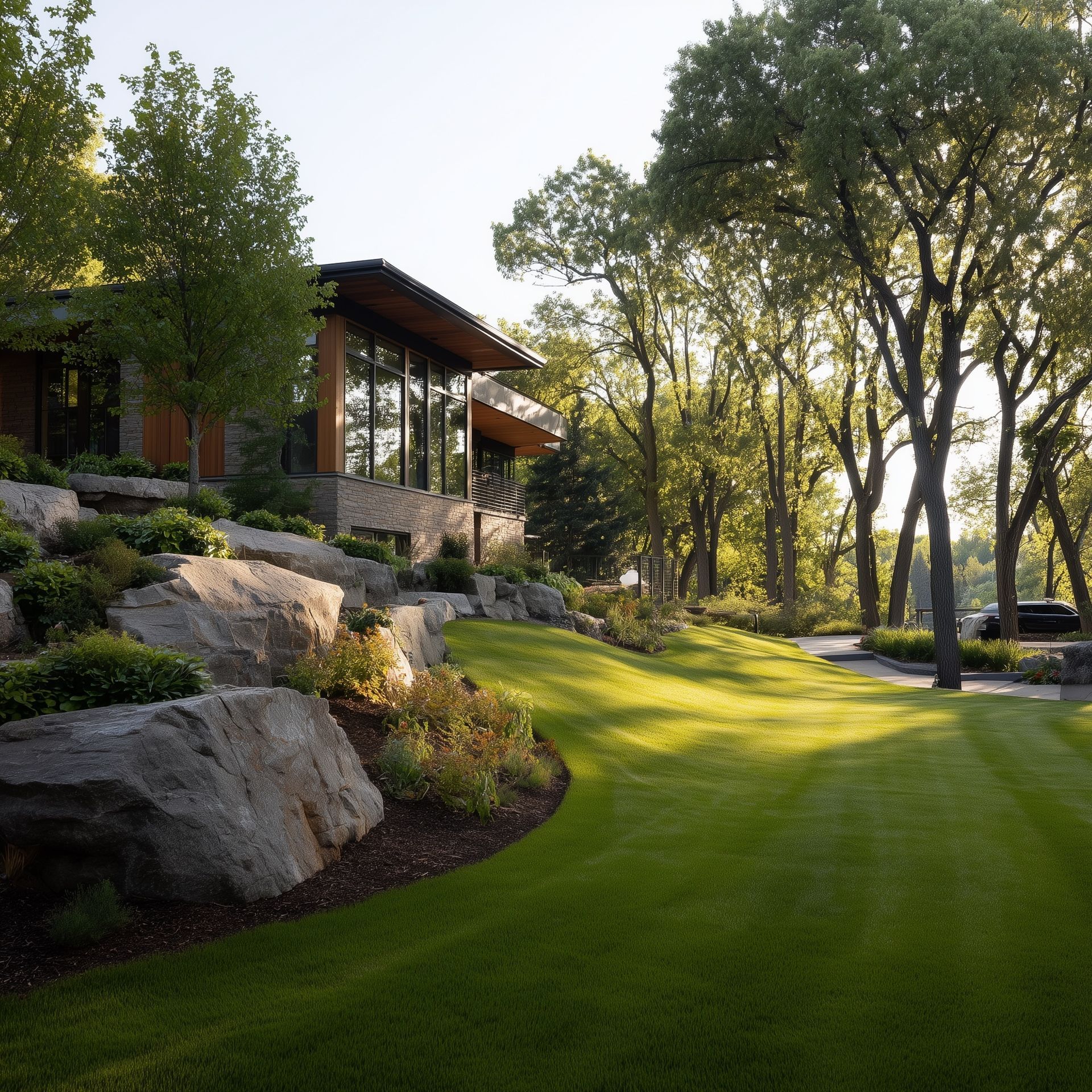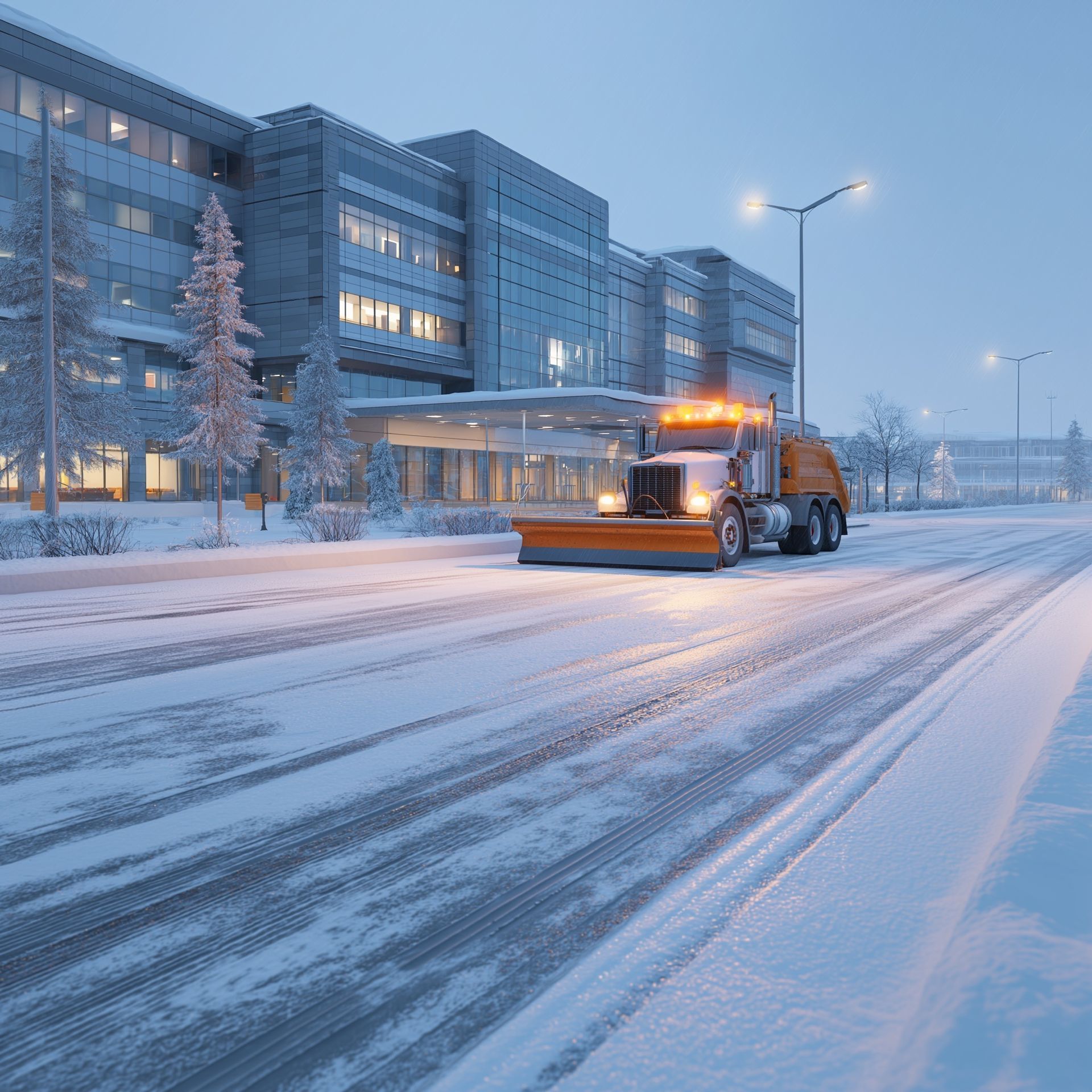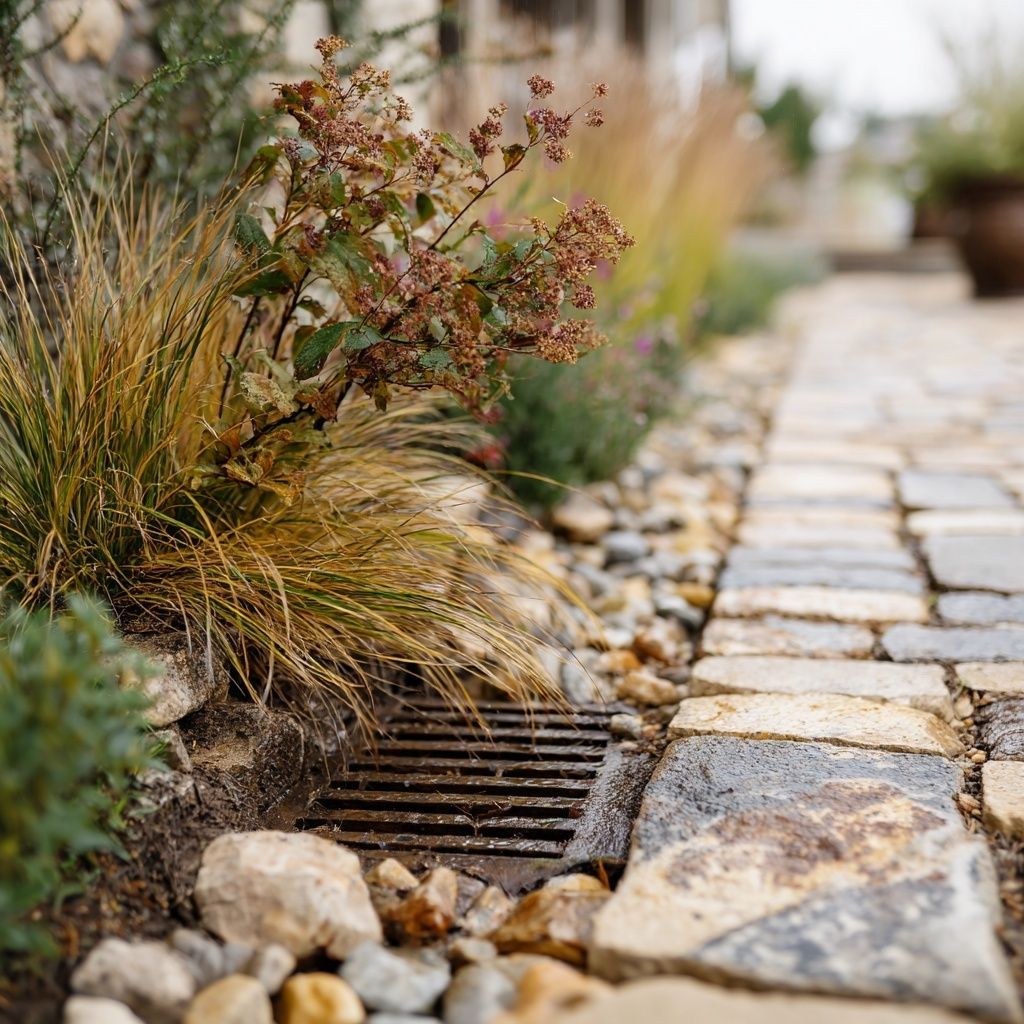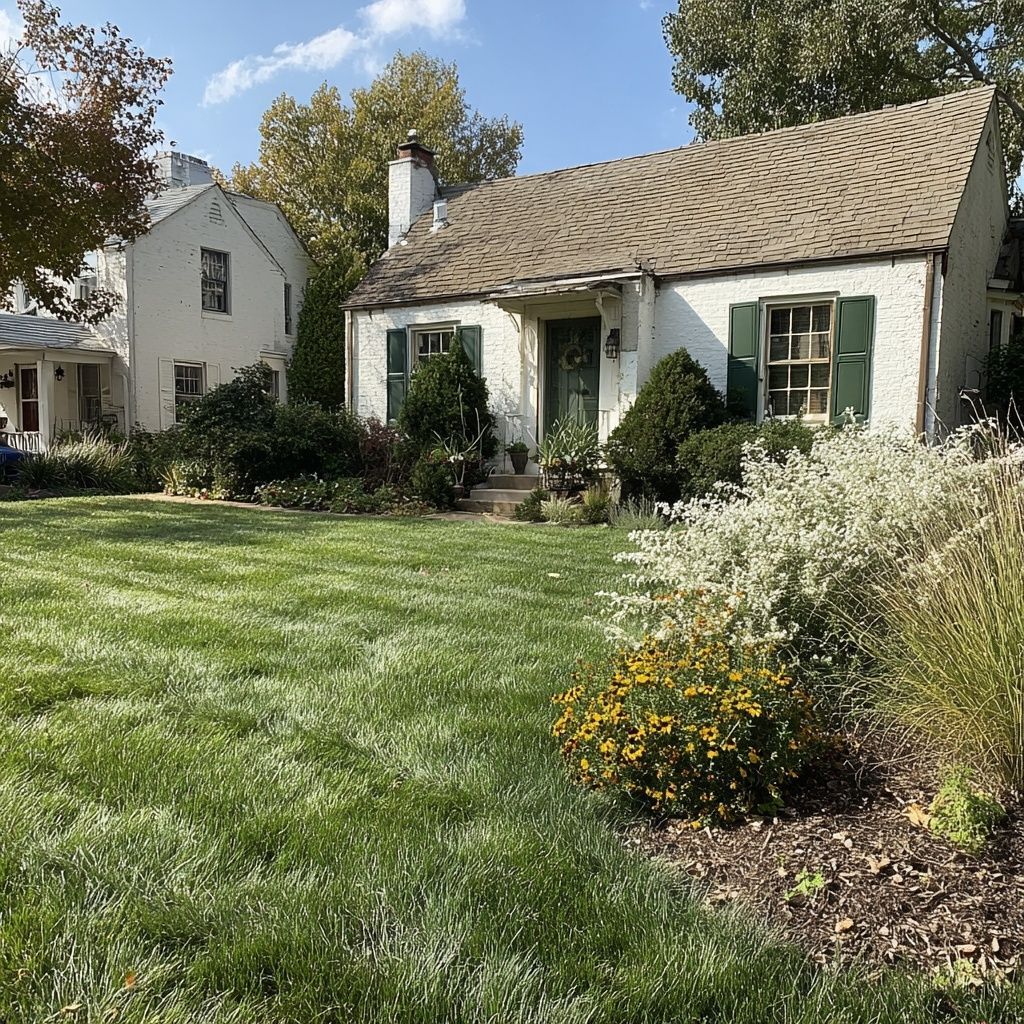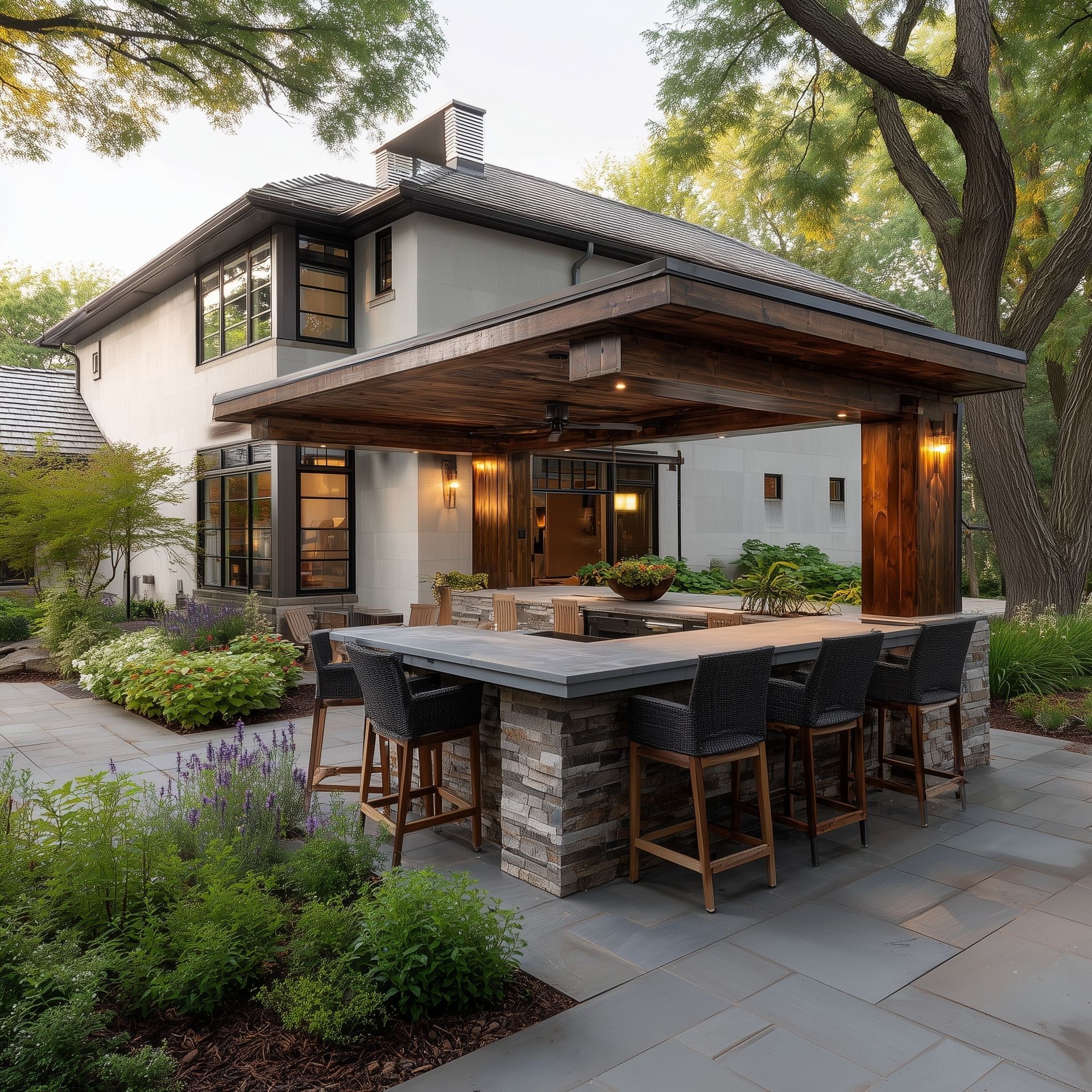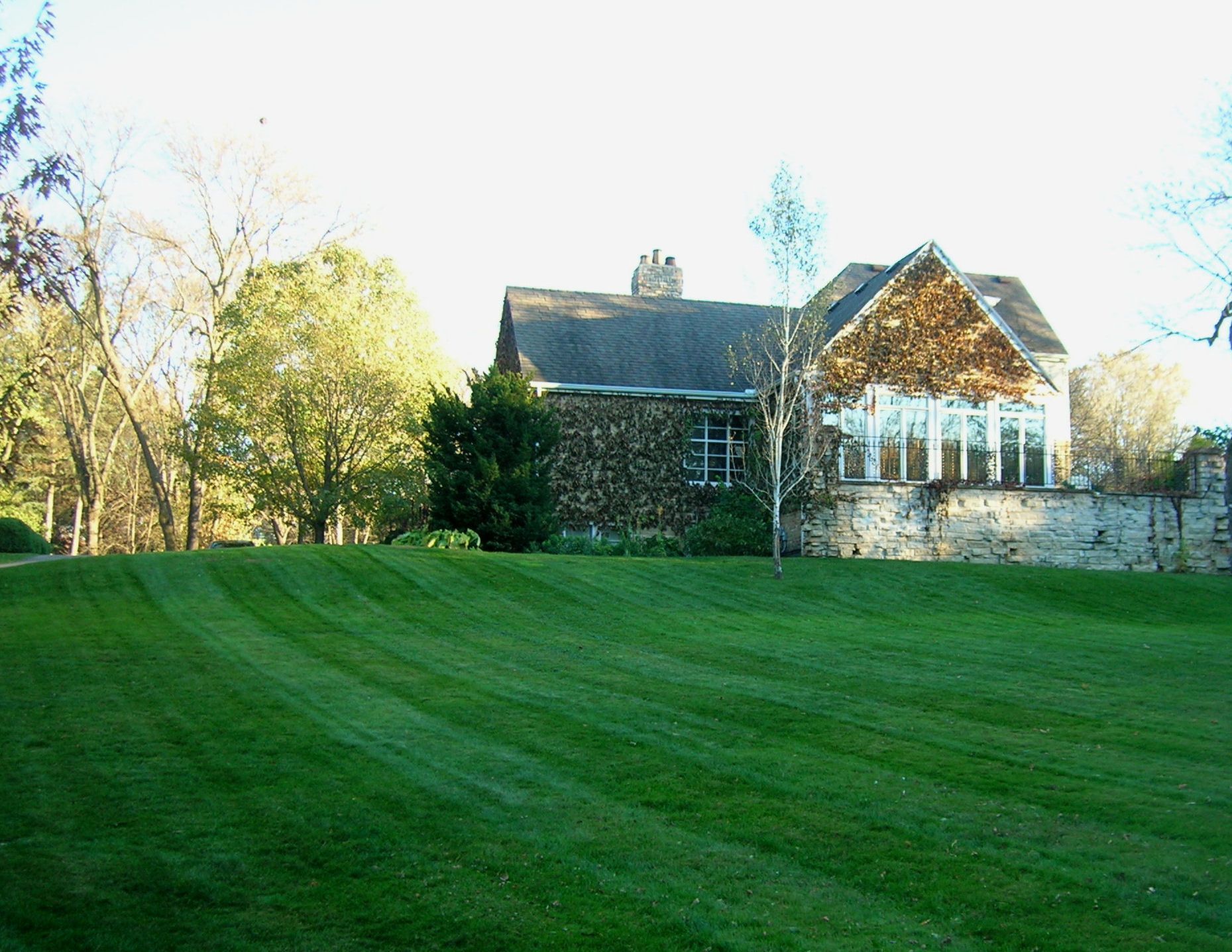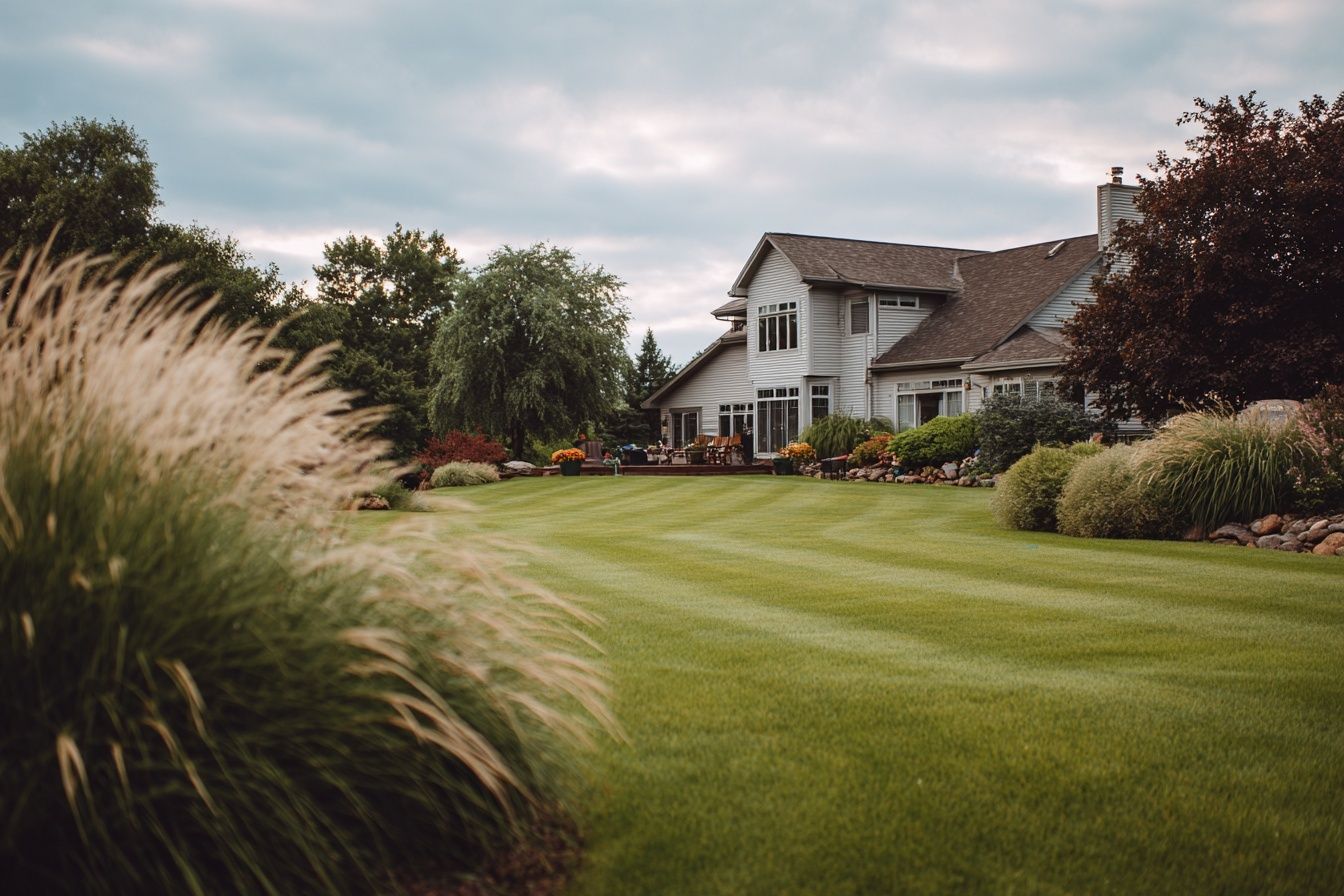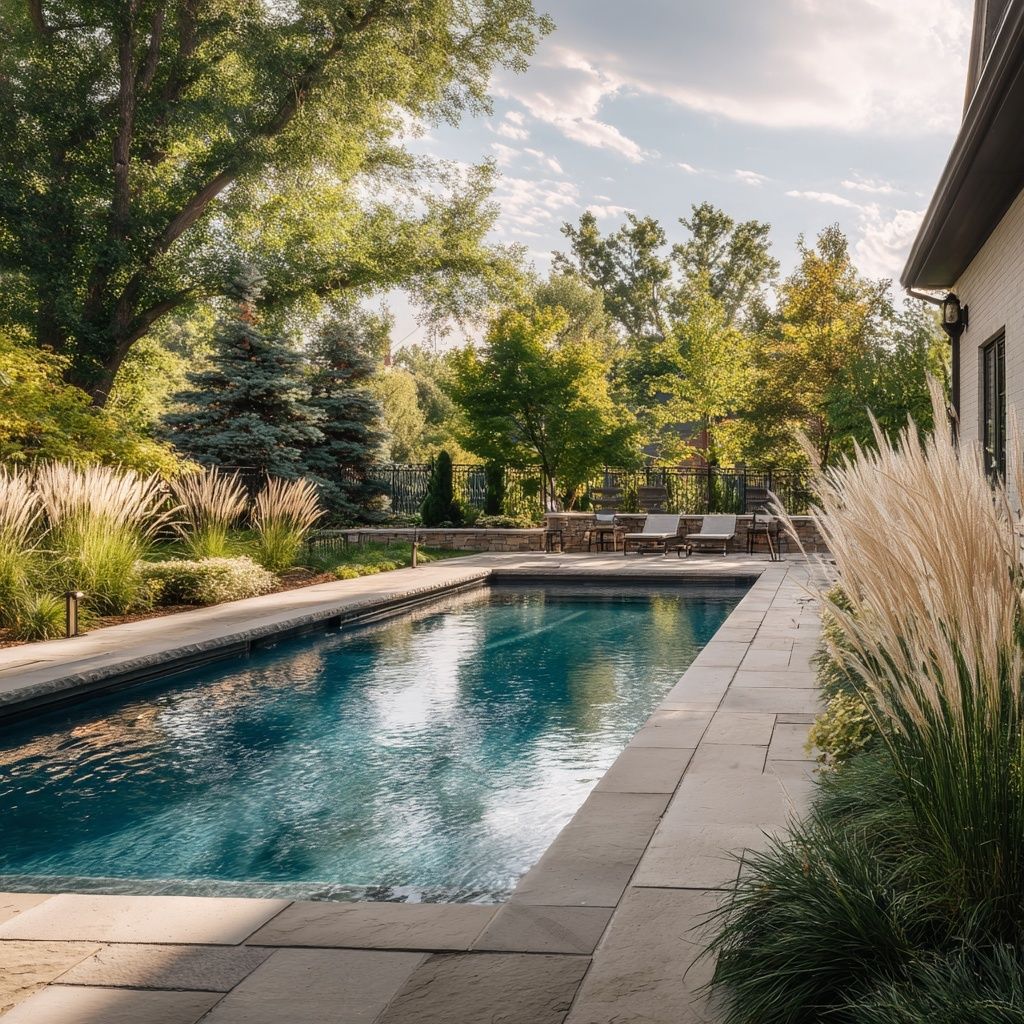Protect Your Plants This Winter with the Right Retaining Wall
A retaining wall is an original way of adding structure to a landscape. You can use a retaining wall to hide an eyesore, but it’s also a viable solution to slow down erosion and address structural issues that exist on your property. A retaining wall will also protect your plants during the winter.
What Is a Retaining Wall?
The purpose of a retaining wall is to form a barrier that holds back a mass, typically soil. There is a wide range of designs and materials you can use to construct a retaining wall.
You might need to add a retaining wall for practical reasons because there are structural issues with your landscape, or can choose to build one for aesthetic reasons. You can do a lot of interesting things with winter plants retaining wall, and turn your retaining wall into a comfortable spot you can enjoy in the spring and summer.
Popular materials include wood, stone, and concrete. Here are some examples of retaining wall designs:
How Will A Retaining Wall Make a Difference During the Winter?
If you’re wondering
how to protect plants from winter, you should know that a retaining wall can provide shelter from the elements. It will protect a section of your garden from the cold wind, humidity, snow buildup, and ice formation.
That physical barrier also helps with snow management. It can prevent snow buildup from spilling over into another area of your garden, and help you manage humidity.
During the winter, water can build up on your property. Excessive water runoff might result in water pooling in certain areas and not seeping properly. Excessive amounts of water can cause ice formation or result in plants rotting. A retaining wall can direct water runoff and prevent excessive water pooling. It will also slow down the water runoff and create a more natural seeping process for melting snow.
Slowing down the water runoff gives the soil enough time to absorb water. A slow water runoff means that water won’t build up in the soil and cause erosion.
A retaining wall will allow you to keep enjoying your garden in the winter. You can build a wall that will shelter a patio or a small space with a planter garden. The wall will keep snow from accumulating in that area and keep it usable.
If your landscape has a slope, you will find that using a wall to create a gradient with flat surfaces makes a considerable difference when it comes to snow and ice management!
How to Design Your Retaining Wall
There are a few things to consider before adding a retaining wall to your landscape. You need to determine the optimal placement for the wall, the best materials to use, and the right height and depth for the wall.
If you want to add a retaining wall for aesthetic reasons, choose a location that’s practical. Look for a way to structure your outdoor space and to delimitate different areas in your landscape. A common location is to create a line between your patio and your garden, but you can also add a wall to create different levels in your garden.
If there are concerns because of erosion or issues with water runoff, a professional will help you determine the best spot for your retaining wall.
Here is what you need to know about the best materials and height for your retaining wall:
Choosing the Right Plants for Your Retaining Wall
Good plants for retaining walls
shouldn’t need a lot of water. In most cases, the professionals who build your retaining wall will add a draining system behind the wall.
The purpose of a draining system is to address issues linked with water runoff on your property and to
prevent water from building up in the soil behind the wall. A water buildup behind the wall would create enough pressure to damage the wall and would result in erosion.
The soil that is directly behind the wall will be dry, and you should avoid plants that need a lot of water. You should also avoid trees and shrubs with an extensive root system.
The wall will prevent healthy growth for these plants, and a root system that grows quickly could damage the wall. You might need to have some trees and shrubs removed before you can build your retaining wall.
You can spruce up your retaining wall with some creeping and spillover plants.
Spillover plants winter
will add a touch of green to your landscape during the winter, and creeping plants can help the wall blend into your landscape.
Options like creeping fig, spotted deadnettle, Angelina stonecrop, or Scotch moss make great winter plants retaining wall. You can add some
dichondra, petunia, lobelia, or fuchsia
in planters to get a creeping effect and add some color to your wall.
Vines are another option to explore since these plants thrive in a wide range of conditions, and your retaining wall will shelter them from the sun. You can plant grapevines, honeysuckle, or liana to complement some
cascading plants for retaining walls.
A retaining wall is also ideal if you want to create a planter garden. You can place some planters on the sides and in front of the wall, or even on the wall itself. The wall will create a sheltered area for your plants, and using planters means that low moisture levels in the soil around the wall won’t be an issue.
If you learn how to wrap plants for winter with special sacking to create layers of insulation, your wall will help your plants survive the winter by sheltering them from snow and cold temperatures.
Purple fountain grass is one of the best
retaining wall border plants
because it creates height. You can plant it directly in the soil or use planters.
There are plenty of winter plants retaining walls to explore. Work with different shapes, sizes, and colors to turn your retaining wall into an aesthetic element of your landscape design.
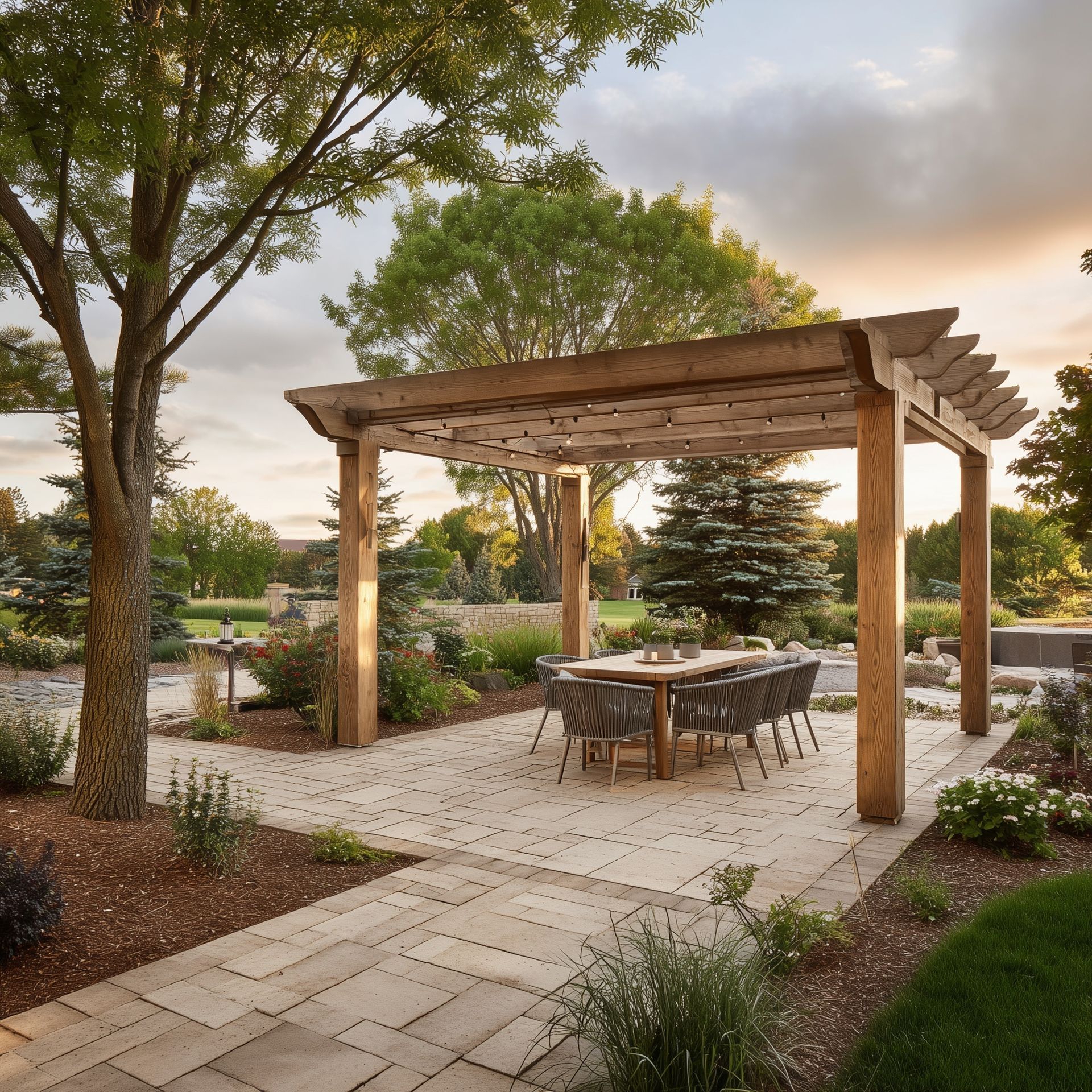
When Pergolas Don’t Last, There’s Always a Reason After nearly two decades of building outdoor spaces across Medina, I’ve seen what happens when pergolas aren’t designed for Minnesota’s conditions. You can spot them a mile away—posts that lean, beams that twist, and concrete pads that have heaved out of level after just a couple of winters. It’s not because homeowners cut corners intentionally. It’s usually because whoever built it didn’t account for what our climate really does to structures that aren’t anchored right. Medina’s heavy clay soil doesn’t drain well. It holds moisture, freezes solid, and then expands like a hydraulic press pushing on everything above it. When pergolas are set on surface-level post bases, that pressure has nowhere to go but up—and the whole thing moves. Even small shifts can cause joints to separate, wood to crack, and hardware to loosen. That’s how a $15,000 structure starts looking tired after a few years instead of standing straight for decades. The truth is, pergolas here aren’t just about shade or looks. They’re about structure, drainage, and how every piece ties into the patio beneath it. A pergola that stands tall through Minnesota winters is built on the same principles as a good foundation—it’s only as strong as what’s underneath it. If you live in Medina and want to enjoy your backyard without worrying about your investment warping or sagging, start with design that respects the environment it’s built in. That means thinking beyond lumber and stain colors. It means understanding soil movement, water management, and the importance of integrating your pergola with the patio below it.
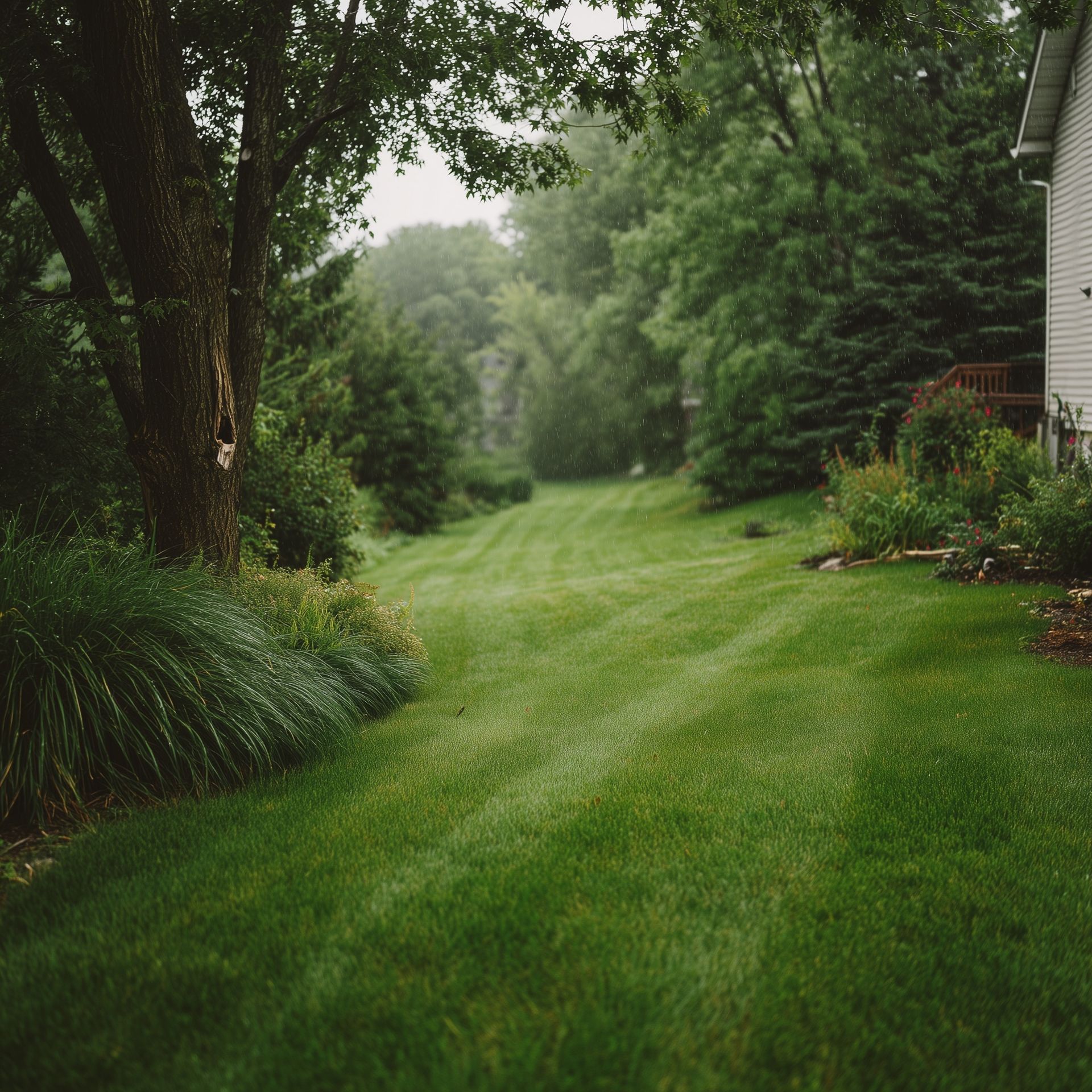
Solutions for Properties in Minnetonka You can always tell a Minnetonka yard that’s fighting its slope. Water doesn’t lie, it finds the weak spots every time. I’ve walked plenty of properties where a backyard starts beautiful in June, but by September, the patio is heaving, the grass near the pool looks like a marsh, and the homeowner is wondering how it got so bad so fast. The truth is, when you’re dealing with rolling terrain and heavy clay soils like we have around Minnetonka, you can’t just move dirt and hope gravity behaves. You need a plan that manages water from the surface all the way down through the subsoil. This is what I’ll walk you through here. You’ll see what actually causes drainage issues on sloped properties, how poor planning leads to cracked patios and shifting pool decks, and the smart drainage systems that can stop those problems for good. Whether you live near Lake Minnetonka or up in the higher ridges closer to Deephaven or Woodland, understanding how your yard sheds water is the difference between a property that lasts and one that’s constantly under repair. The Real Challenge of Sloped Minnetonka Yards Minnetonka is known for its hills, lakefront properties, and mature trees, but all that beauty comes with a set of challenges below the surface. Most of the soil here is dense clay. It holds water like a sponge and drains slowly, which means after every heavy rain, that water looks for a way downhill. If it doesn’t have a proper outlet, it ends up collecting right where you don’t want it, like along your patio, at the base of a retaining wall, or near your pool deck. I see this every season: homeowners trying to solve slope problems with a quick regrade, a layer of rock, or a simple surface drain. Those things might help for a while, but they don’t address what’s really happening underground. Clay soil doesn’t just get wet—it becomes saturated, expanding and contracting with every freeze-thaw cycle. When that happens under a patio or wall, it doesn’t matter how well-built the surface looks. The ground will move, and that movement cracks stone, shifts pavers, and slowly tears apart everything on top. The other challenge with sloped lots is how water interacts with gravity. It accelerates downhill, gaining momentum as it goes. When it hits a flat area like a patio, the water loses speed but not volume, pooling instead of flowing. That’s why I tell clients that “flat spots” on a sloped property are both an opportunity and a responsibility. They’re the best spaces to create usable outdoor areas, but they have to be engineered to handle water movement. I’ve worked on plenty of Minnetonka yards where the backyard has a beautiful view but terrible grading. You can have a perfect slope on paper, but if it directs water toward your house or creates a bowl effect between structures, you’ll end up with soggy soil and standing puddles that never dry. The goal is to move water off and away while keeping the surface level enough for comfort and usability. It’s a fine balance, but when it’s done right, it completely transforms how a property functions.

